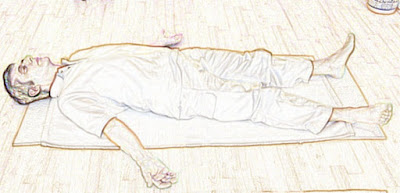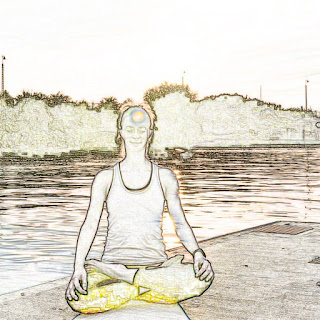Shavasana yoga

Shavasana The Yoga practitioner only knows that the most difficult and unaccountable seats in Yogas are Shavasana. And interestingly, it is not understood why this housework is easy to think of as a very easy situation for many. Shavasana According to Yogis, according to the practice, one should take a break from the 20 to 30 years of seva at every stage of the practice. After a few consecutive sessions of the Ijaya, some important sessions of Yoga have been rested for the rest of the day after the practice of Shibasan. In this way, after a yoga practice, there is no harm to the body if you take a break from sleeping between 30 to 45 seconds. Rather, according to the nature of any other seat, the practice of Shabansan is very important as the process of bringing back differentiation or transfusion of blood to blood transfusion or excessive blood transfusion of the body, in the process of bringing it back to a better normal state of the past. The body of the dead is de

